Our Blog
Understanding Different Types of Air Conditioning Systems
Air conditioning systems are essential for comfort in homes and businesses, especially in regions experiencing high temperatures and humidity. With several types available, choosing the right one can significantly impact your indoor comfort, energy consumption, and maintenance requirements. This article explores the different types of air conditioning systems, helping you understand their key features and determine which might be the best fit for your needs.
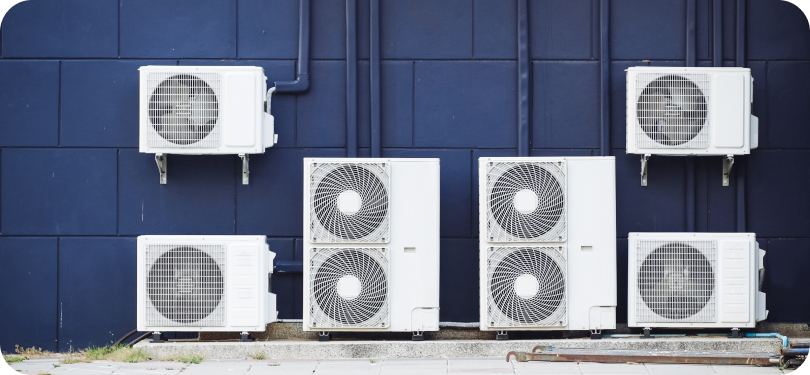
-
1. Central Air Conditioning
Central air conditioning systems are designed to cool multiple rooms or an entire building using a network of ducts to distribute cool air. These systems are ideal for larger homes or commercial spaces, providing efficient and uniform cooling. They consist of an outdoor unit (housing the compressor and condenser) and an indoor unit (featuring the evaporator coils and air handler). Central AC systems are known for their effectiveness in maintaining consistent temperatures throughout a space but require a significant upfront investment and space for ductwork.
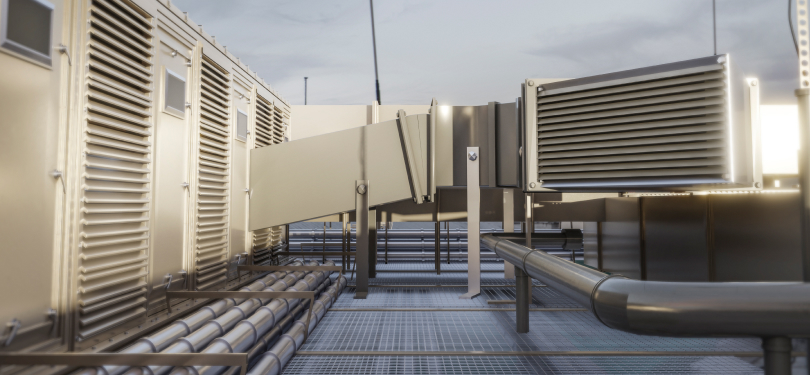
-
2. Split Systems
Split systems, or ductless mini-splits, consist of an outdoor compressor/condenser unit and one or more indoor air-handling units, connected by a conduit housing the power cable, refrigerant tubing, and a condensate drain. These systems are great for homes without existing ductwork, offering a more flexible and less invasive installation process. Each indoor unit can be controlled independently, allowing for personalized temperature settings in different rooms, which can lead to energy savings.
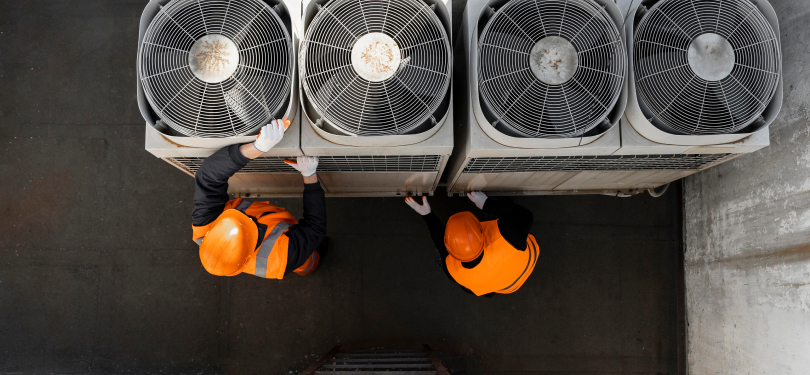
-
3. Window Units
Window air conditioners are compact units designed to fit in a window or through a wall, making them suitable for cooling single rooms. They are a popular choice for their ease of installation and affordability. While they can be very effective in smaller spaces, they may not be the best solution for cooling larger areas or multiple rooms. Additionally, window units can block natural light and may not blend well with exterior aesthetics.
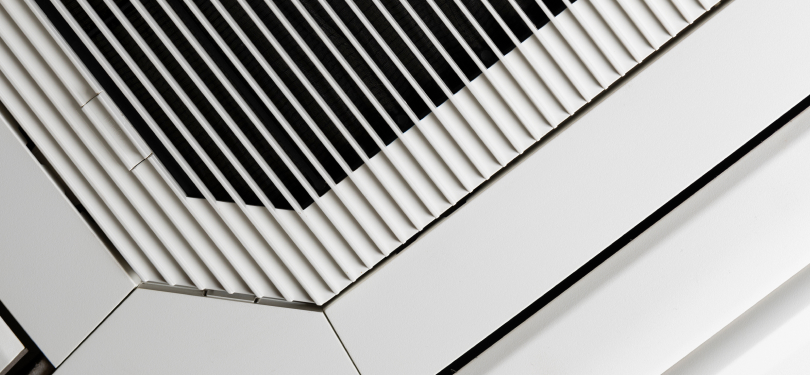
-
4. Portable Air Conditioners
Portable air conditioners are freestanding units that can be moved from room to room. They are ideal for spaces where traditional window units are not an option or for temporary cooling needs. These units typically use a hose to vent hot air through a window and can be a convenient solution. However, they may not be as efficient as other types of AC systems and can take up floor space.
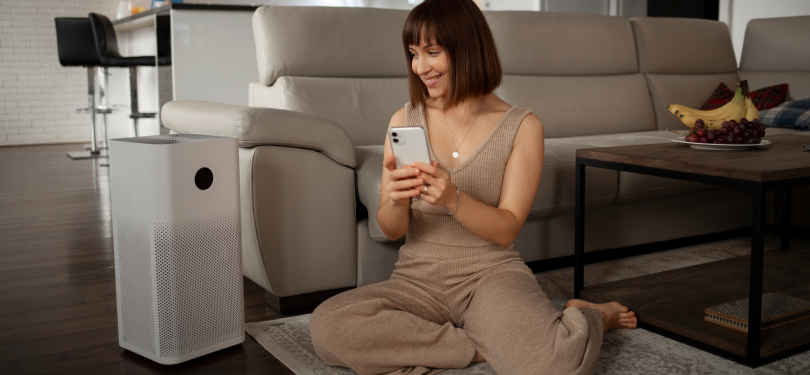
-
5. Evaporative Coolers
Evaporative coolers, also known as swamp coolers, use the evaporation of water to cool air—a cost-effective and eco-friendly option in dry climates. These units draw fresh outside air through moist pads, cooling and humidifying the air simultaneously. While highly energy-efficient and inexpensive to operate, evaporative coolers are less effective in humid environments and require more frequent maintenance than traditional air conditioners.
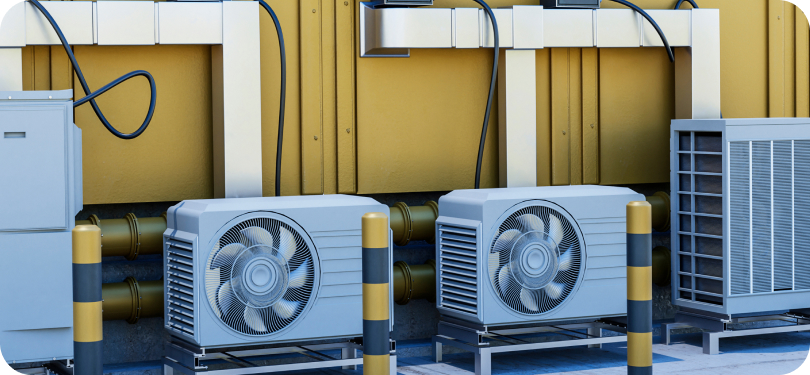
-
6. Hybrid Air Conditioners
Hybrid air conditioners combine the technology of air source heat pumps and traditional air conditioning systems, automatically switching between energy sources based on temperature. During cooler months, they function as heat pumps, drawing warmth from the outside air to heat your home. In warmer months, they work like conventional AC units, providing efficient cooling. This adaptability makes them a highly efficient and environmentally friendly choice.
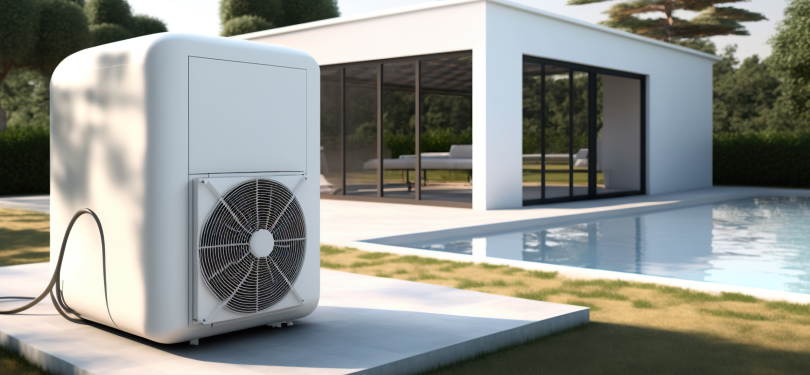
-
Conclusion
Choosing the right air conditioning system depends on various factors, including your space's size, climate, budget, and specific cooling needs. Whether you opt for a central air system, a ductless mini-split, a window unit, a portable AC, an evaporative cooler, or a hybrid system, understanding the advantages and limitations of each type can help you make an informed decision. Consider consulting with HVAC professionals to assess your needs and recommend the most suitable air conditioning solution for your home or business.